PAOC Spotlights
Embrace Who You Are: One Latina Scientist’s Brave Journey in STEM
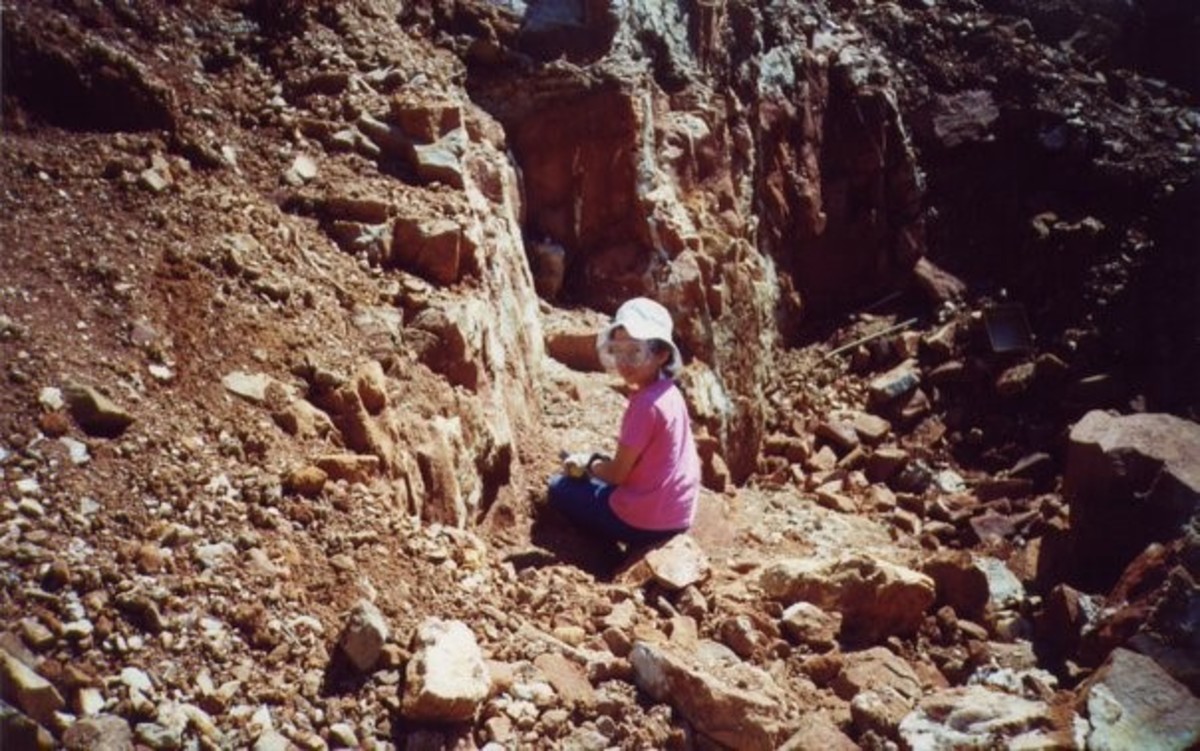
Chasing a Childhood Dream
Many years before Gabriela Farfan began her PhD at MIT, she was a nerdy kid in Wisconsin with a rock collection. “My interest in mineralogy began when I was seven years old, and I visited the UW Madison Geology Museum with my dad. I was enthralled by all the colors and shapes of the minerals on display and wanted to know more about how they formed,” she said. Farfan is now a fourth-year graduate student in the MIT-Woods Hole Oceanographic Institution (WHOI) Joint Program in Oceanography where she studies chemical oceanography.
While many children dream of becoming a superhero or an astronaut, Farfan had a different ambition. She was named after the Chilean poet Gabriela Mistral, but from the beginning was drawn to science not poetry. Both of her parents are biologists, so talking about publications, peer review, advisors, and TAs was a regular part of her childhood.
“I knew from the time I was a kid that I wanted to get a PhD in geology. The most rebellious thing I did career-wise was study rocks instead of living organisms.”
“In my sophomore year of high school, I began my own mineralogical research at the UW Madison Nanogeosciences Laboratory with Dr. Huifang Xu,” Farfan explained. In Dr. Xu’s lab, she studied causes for color differences in Oregon sunstone: a gemstone. As a Chilean American, Farfan knew early on that Latinas in science were rare. This awareness did not discourage her from pursuing a career in science, in fact, it did the opposite. Her early research experience at the nanogeosciences lab fueled her passion and motivated her to persist.
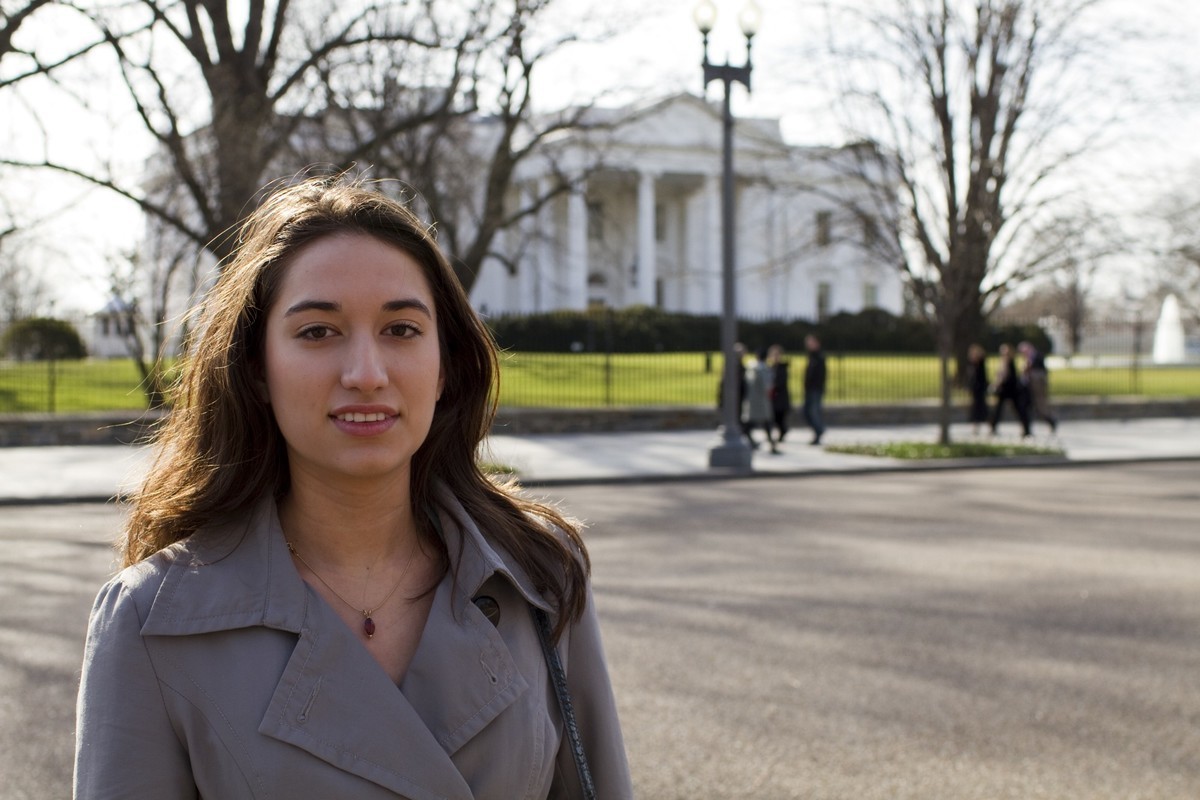
Perseverance Pays Off
Farfan’s research at the UW Madison lab earned her 10th place in the national Intel Science Talent Search (STS), part of the international Intel Science and Engineering Fair (ISEF). The ISEF is the world’s largest international pre-college science competition with thousands of students competing for $4 million in prizes. First Lady Michelle Obama invited Farfan to the 2010 State of the Union address in recognition of her performance in STS and to honor her unique perspective as a young Latina in science. A White House press release called Farfan and another student “outstanding young leaders in the scientific community.”
Determination in the Face of Hardship
After graduating from high school, Farfan moved to California to start her undergraduate degree in geological and environmental sciences at Stanford University. Like many students, she labored over problem sets and struggled through tough exams in an introductory chemistry class.
“I felt awful after [my] first exam and watched as so many classmates — the women and minorities specifically stood out to me — switched majors and quit their dreams of being pre-med or whatever else required chemistry. In that moment, I felt determined that I would not let that stop me.”
Watching other women from underrepresented backgrounds leave science made Farfan even more determined to succeed as a geoscientist.
Finding Your Mentor on a Circuitous Path
To continue on the path to becoming a mineralogist, Farfan planned to get her PhD in geology. During her search for graduate programs, she came across the MIT-WHOI Joint Program in Oceanography. She found an advisor there who was a great match, but there was a small catch. Farfan would be getting a degree in chemical oceanography, instead of staying in the more familiar geology discipline. “After visiting several schools with strong programs in geology, the deciding factor was my advisor, Dr. Colleen Hansel. Her work is inspirational, and she gave me flexibility to develop my own thesis project.” Dr. Hansel’s mentorship and willingness to give Farfan a lot of autonomy allowed her to expand her interests and succeed in the early stages of her program.
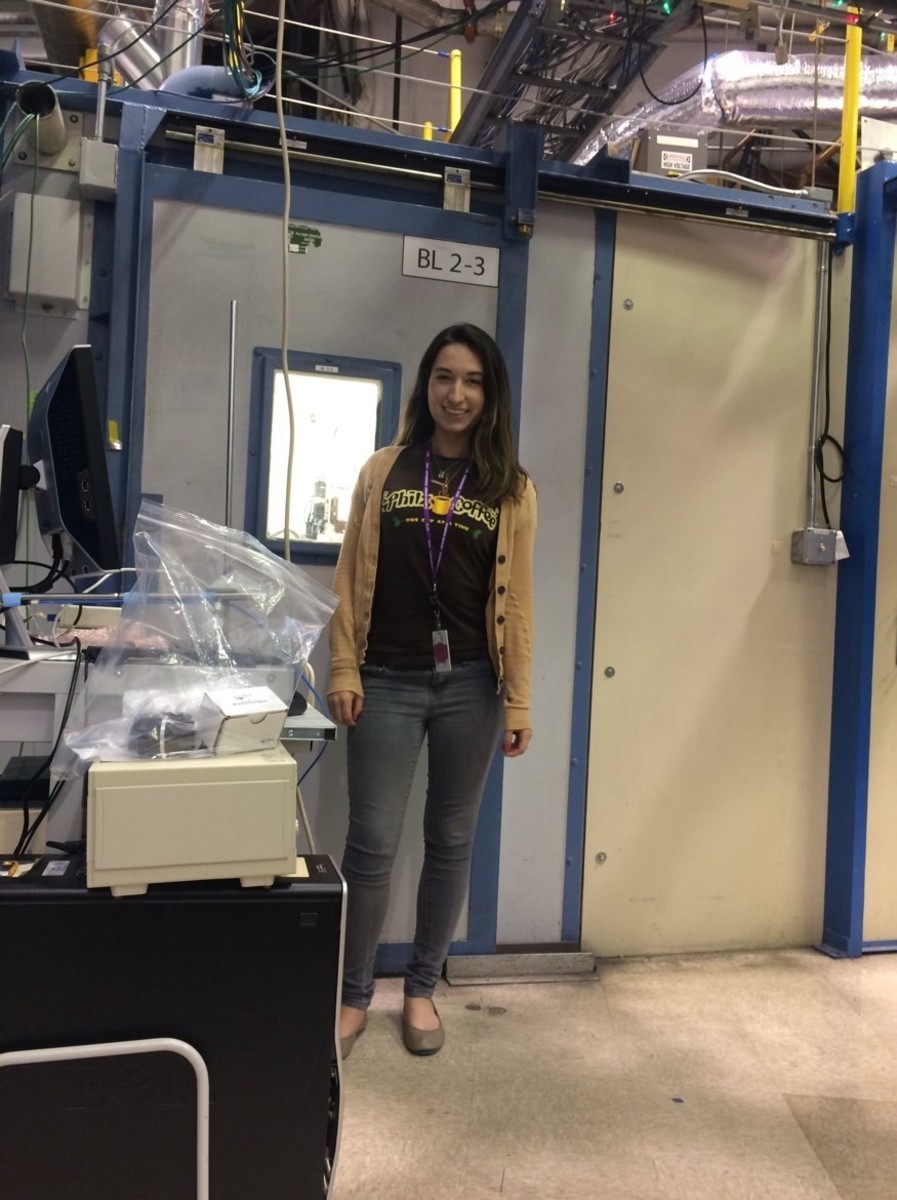
Growing as a Multidisciplinary Scientist
Farfan had finally found a research project that interested and excited her, something she previously thought would only be possible if she remained in geology. The research itself takes her from Earth’s oceans all the way to the dusty surface of Mars, and her findings could have similarly broad impacts. “I hope to work across a wide range of disciplines like geology, biology, and possibly even medicine and archaeology,” Farfan explained. “My goal is to be a modern mineralogist where I use traditional mineralogical skills coupled with state-of-the-art instrumentation and methods to answer modern questions from a unique, mineralogical perspective.”
After four years in the MIT-WHOI Joint Program, she knows she made the right choice. “Working in a chemical oceanography department was not my original intention, but it was a wonderful decision because it has expanded my horizons in terms of new questions that I can seek to answer outside of geology, and it honed my chemistry skills,” she said.
A Rare Gem in STEM
Farfan was outside her academic comfort zone when she first started, but she found comfort in her strong support network. Nevertheless, this Latina scientist still had moments of feeling isolated and as though she didn’t belong. One of the biggest challenges she has faced in graduate school is the lack of other Latinas in her professional life.
“My gender and race is definitely something that I have become more conscious of since being at MIT, especially in comparison to my undergraduate experience at Stanford where there were more Latina women like myself.”
Latino people make up 17% of the U.S. population, but Farfan is one of only 10% of domestic graduate students at MIT that identify as Hispanic or Latina/o, according to the MIT Office of Institutional Research. Even outside MIT, Latinas are highly underrepresented in her discipline. According to a report from the National Center for Science and Engineering Statistics, the geosciences have some of the lowest racial and ethnic diversities of all STEM fields at all levels of higher education.
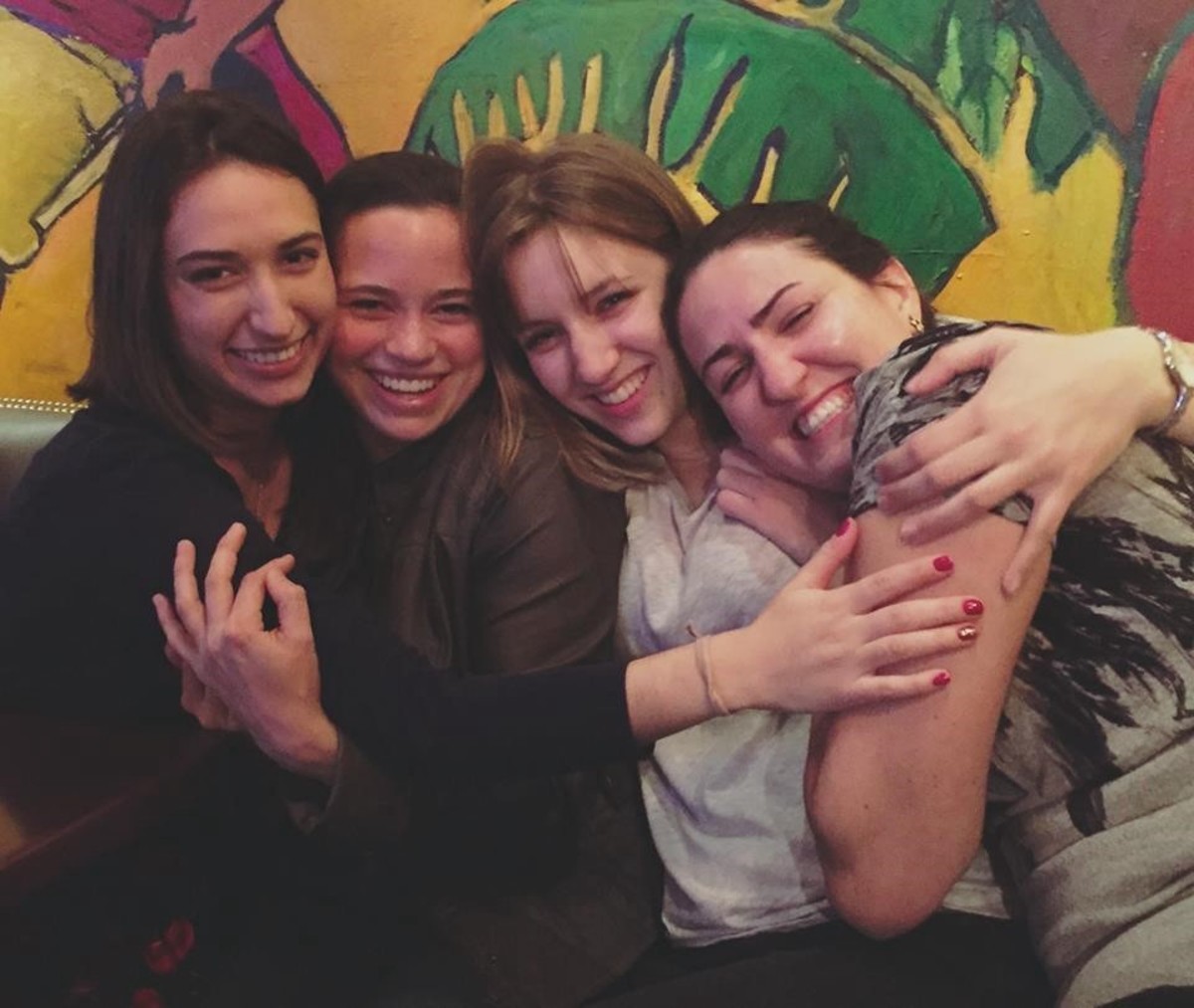
Finding Strength in Culture and Familia
Farfan has fought to maintain her identity by speaking Spanish with her parents, visiting her extended family in Chile, and learning about Chilean culture and history. Her group of friends has also played an important role as she navigates life as an underrepresented minority in graduate school. She describes them as anchors that have made her more successful.
“I truly have the most amazing and supportive friends in the world — just knowing that they are there has helped me get through the rough patches of graduate school. Talking to them on the phone when I need a break gives me a boost of energy.”
Farfan goes on to say, “My peers have been very supportive. We have had a few ‘Latin America is Awesome’ cooking parties where we cook traditional Chilean empanadas, Brazilian pan de queso, and other Latin American treats.” These same friends also help her remember the bigger picture of life outside her PhD program. “We support each other to have multifaceted lives filled with art, music, dancing, love, and general fun,” Farfan said.
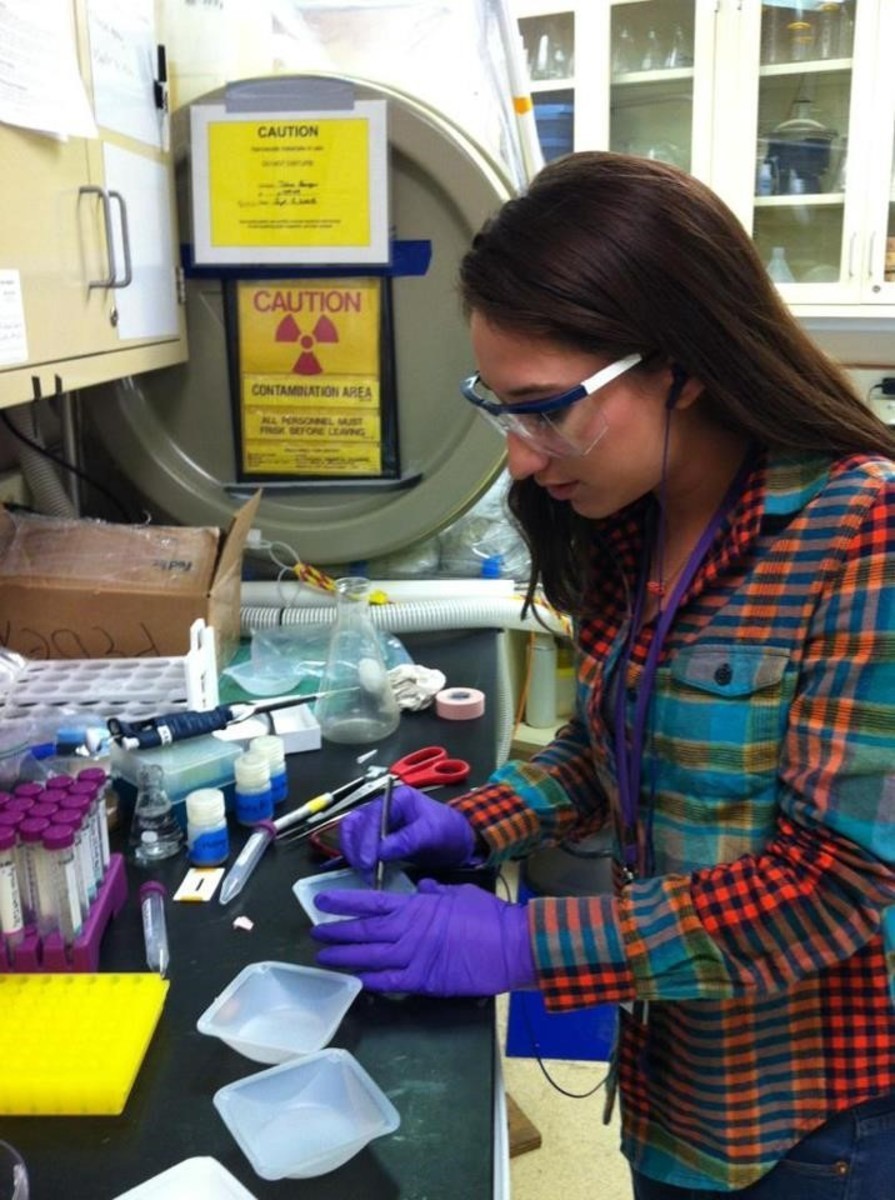
Never Lose Sight of Who You Are
After Farfan graduates, her next step is to pursue postdoctoral fellow positions. “I plan to stay in academia. My dream job is to work as a scientist and mineral curator at a natural history museum or become a professor of mineralogy at a research university.” This year, she checked off one of her bucket-list goals when she was awarded the Edward Kraus Crystallographic Research Grant by the Mineralogical Society of America, further cementing her status as an up-and-coming mineralogist.
Minerals must have a defined chemical composition and a regular internal structure; something that meets one, but not both, of those criteria is not a mineral. Similarly, Farfan’s success in her career is defined by both her deep passion for mineralogy and her support system of family and friends. When she faces adversity, she will remember her family history and her love for mineralogy.
“I often reflect on how otherworldly it is that I am studying what I love at two of the best scientific institutions in the world. While I am a strong believer in hard work, I also believe that I am very lucky that both my parents and I were given the opportunities that led us to where we are today.”
Her career is just beginning, but she will take her culture and community with her every step of the way.
About the Author: Gabi Serrato Marks is a second year PhD student in the MIT-WHOI Joint Program in Oceanography, where she is the second Latina named Gabi. Her research focuses on paleoclimate records from southern Mexico. Her family is Mexican-American, and her mother was the first in her family to earn a college degree.
This story originally featured on STEM and Culture Chronicle and was republished with permission.